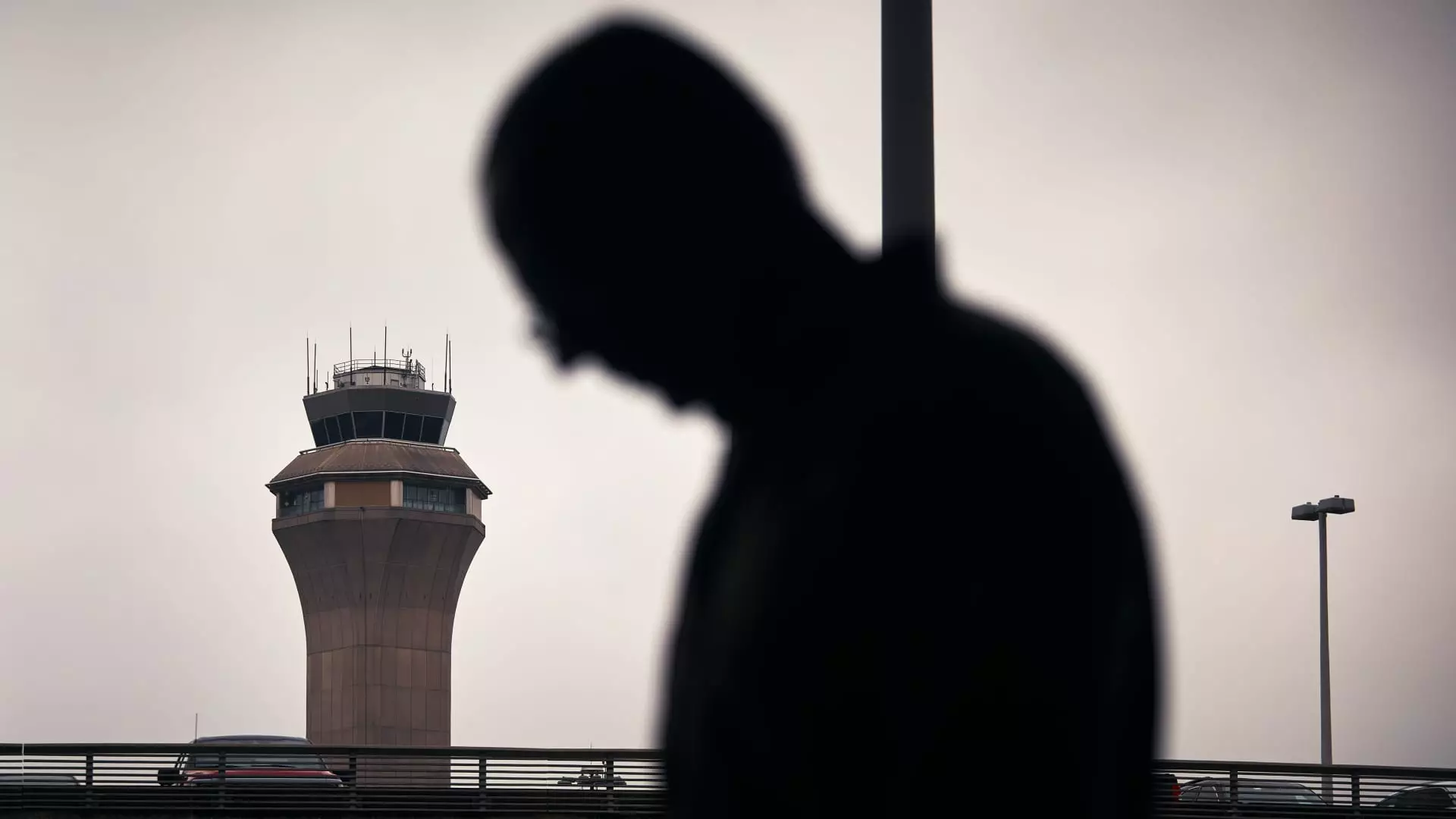It is alarming how the backbone of air travel—the very technology that keeps millions of passengers safe—continues to falter at critical junctures. On Friday, a mere 90 seconds of lost communication and radar functionality at Newark Liberty International Airport underscores a disturbing trend in the management of U.S. air travel systems. While this latest incident may have disrupted a minimal number of flights due to its early morning occurrence, the implications of such technological failures are far more profound. Such outages present not just immediate inconveniences but deeper issues regarding safety and operational integrity in an aviation system that is already under duress.
Aging Infrastructure: A Crisis in the Skies
Aging air traffic control facilities in the United States symbolize an institutional lapse that endangers public safety. The Federal Aviation Administration’s (FAA) reactive response, only unveiled amidst these unsettling outages, reveals a critical neglect of the investment needed to replace outdated technology. What does it say about our priorities when taxpayers’ dollars are allocated with a delay, allowing a significant percentage of air traffic controllers to cope with declining morale, amidst the headaches caused by outdated equipment? The airline industry cannot afford to operate on a foundation of crumbs, hoping for the best while potential disasters loom overhead.
The Human Factor: Stress Amid Technological Chaos
It’s telling that, following a similar outage experienced in April, air traffic controllers were forced to take medical leave due to unprecedented stress levels. The repetitive nature of these breakdowns erodes the mental fortitude of professionals tasked with ensuring safe air travel. The FAA’s workforce is already stretched thin, exacerbating staffing shortages, particularly in facilities like Philadelphia, which manage such crucial airspace. It’s unfair to place the burden of responsibility solely on the shoulders of these workers while the systemic neglect of technology persists. In the end, when we jeopardize the well-being of these individuals, we also endanger the very passengers they seek to protect.
Political Promises and Red Tape: A Frustrating Modernization Effort
With Transportation Secretary Sean Duffy’s recent announcement advocating for the modernization of air traffic control systems, it seems there might finally be a glimpse of hope. However, the $31 billion necessary for improvements ends up being a low bar for an undertaking that should be considered a national priority. Congress must act decisively; without timely approval, these plans become mere political rhetoric, reflecting a deeply dysfunctional process that stalls progress. The juxtaposition of a growing voice from aviation-industry groups and labor unions against a snail-paced legislative agenda only emphasizes the desperate need for proactive change.
Hope Amidst Despair: The Call for Accountability
As incidents continue to pile up, the question remains: who will be held accountable for the consequences of these systemic failures? Public trust in aviation safety is at stake, and the U.S. government must embrace its role as a steward of the skies. Further complacency in respecting the gravity of modernizing air traffic control processes could lead to devastating results. While the outcry for funding and modernization echoes through the halls of Congress, the lack of urgency in taking immediate action conveys a troubling message about how we value safety. It’s time to make air travel as secure as it can be—not only for the sake of our airlines but for every passenger who places their life and trust in the system.

